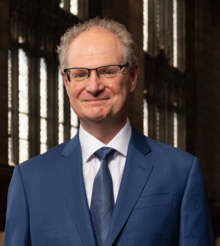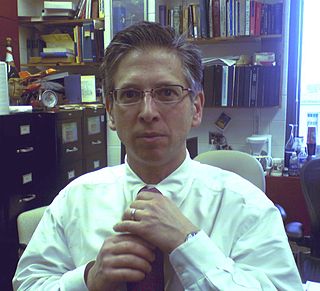
Paul S. Weiss is a leading American nanoscientist at the University of California, Los Angeles. He holds numerous positions, including UC Presidential Chair, Distinguished Professor of Chemistry and Biochemistry, Bioengineering, and of Materials Science and Engineering, and founder and editor-in-chief of ACS Nano. From 2019–2014, he held the Fred Kavli Chair in NanoSystems Sciences and was the director of the California NanoSystems Institute. Weiss has co-authored over 400 research publications and holds over 40 US and international patents.

George McClelland Whitesides is an American chemist and professor of chemistry at Harvard University. He is best known for his work in the areas of nuclear magnetic resonance spectroscopy, organometallic chemistry, molecular self-assembly, soft lithography, microfabrication, microfluidics, and nanotechnology. A prolific author and patent holder who has received many awards, he received the highest Hirsch index rating of all living chemists in 2011.

Chad Alexander Mirkin is an American chemist. He is the George B. Rathmann professor of chemistry, professor of medicine, professor of materials science and engineering, professor of biomedical engineering, and professor of chemical and biological engineering, and director of the International Institute for Nanotechnology and Center for Nanofabrication and Molecular Self-Assembly at Northwestern University.

Louis Edward Brus is an American chemist, and currently the Samuel Latham Mitchell Professor of Chemistry at Columbia University. He is the co-discoverer of the colloidal semi-conductor nanocrystals known as quantum dots. In 2023, he was awarded the Nobel Prize in Chemistry.

Younan Xia is a Chinese-American chemist, materials scientist, and bioengineer. He is the Brock Family Chair and Georgia Research Alliance (GRA) Eminent Scholar in Nanomedicine in the Wallace H. Coulter Department of Biomedical Engineering, with joint appointments in the School of Chemistry & Biochemistry, the School of Chemical & Biomolecular Engineering, and Parker H. Petit Institute for Bioengineering & Bioscience at the Georgia Institute of Technology.
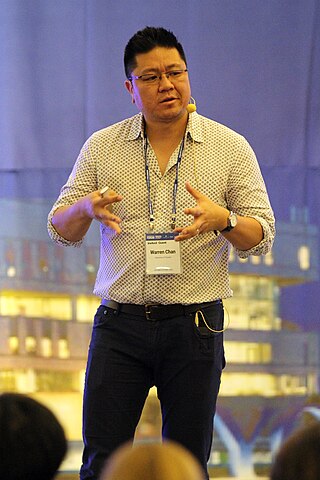
Professor Warren Chan is a full professor at the Institute of Biomedical Engineering and Terrence Donnelly Centre for Cellular and Biomolecular Research at the University of Toronto. He received his B.S. and PhD degree, and post-doctoral training from the University of Illinois, Indiana University, and University of California, San Diego.
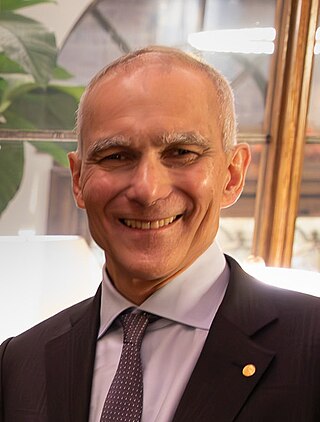
Moungi Bawendi is an American–Tunisian–French chemist. He is currently the Lester Wolfe Professor at the Massachusetts Institute of Technology. Bawendi is known for his advances in the chemical production of high-quality quantum dots. In 2023 he was awarded the Nobel Prize in Chemistry.
Jill Millstone is a professor of chemistry at the University of Pittsburgh. She works on metal-ligand chemistry in nanoparticle synthesis. She is the American Chemical Society Kavli Foundation Emerging Leader in Chemistry Lecturer for 2018.
Prashant Jain is an Indian-born American scientist and a professor of chemistry at the University of Illinois Urbana–Champaign where his research laboratory studies the interaction of light with matter, designs nanoparticle catalysts, and develops methods for mimicking plant photosynthesis. He is a Fellow of the American Association for the Advancement of Science and the Royal Society of Chemistry, a TR35 inventor, a Sloan Fellow, a PECASE recipient, a Royal Society of Chemistry Beilby medalist, and a top-cited researcher in chemical sciences.
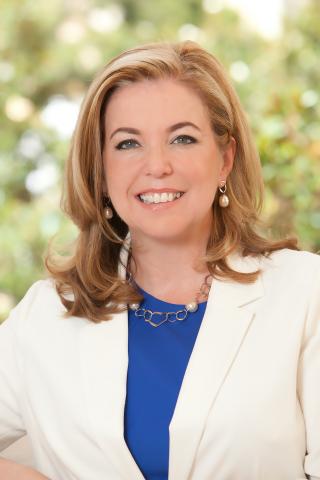
Vicki Leigh Colvin is a professor of engineering and molecular pharmacology at Brown University, and has been selected as the next dean of the Louisiana State University College of Engineering. At Brown, she is the director of the Centre for Biomedical Engineering. Her work focuses on the synthesis and characterization of nanomaterials. She is a Fellow of the American Association for the Advancement of Science and the American Institute for Medical and Biological Engineering.

Julia Rosolovsky Greer is a materials scientist and is the Ruben F. and Donna Mettler Professor of Materials Science, Mechanics and Medical Engineering at the California Institute of Technology (Caltech). As of 2019, Greer is also the director of the Kavli Nanoscience Institute at Caltech.
Delia J. Milliron is the T. Brockett Hudson Professor in Chemical Engineering at the University of Texas at Austin. Milliron leads a research team that focuses on developing and studying the properties of new electronic nanomaterials. Her team pursues studies on nanocrystals, nanoscale interfaces, and controlled assemblies of nanocrystals. Her team takes a systematic approach towards elucidating effects that arise at the nanoscale with a special focus on structure-property relationships.
Sandra J. Rosenthal is the Jack and Pamela Egan Professor of Chemistry, professor of physics and astronomy, pharmacology, chemical and biomolecular engineering, and materials science at Vanderbilt University. She is a joint faculty member at Oak Ridge National Laboratory in the Materials Science and Technology Division and the director of the Vanderbilt Institute of Nanoscale Science and Engineering.
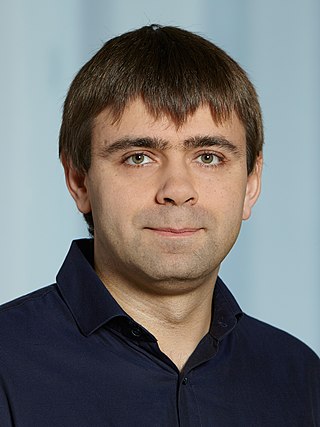
Maksym V. Kovalenko is a full professor of inorganic chemistry and the head of the Functional Inorganic Materials group at ETH Zurich. A part of the research activities of the group are conducted at Empa (Dübendorf). He is working in the fields of solid-state chemistry, quantum dots and other nanomaterials, surface chemistry, self-assembly, optical spectroscopy, optoelectronics and energy storage.
Uri Banin is an Israeli nanotechnologist and physical chemist and a professor at the Hebrew University of Jerusalem, currently holding the Alfred & Erica Larisch Memorial Chair at the Institute of Chemistry. He is recognized as one of the pioneers of nanoscience in Israel.

Yi Cui is a Chinese-American materials scientist, specializing in nanotechnology, and energy and environment-related research. Cui is the Fortinet Founders Professor of Materials Science and Engineering, and by courtesy, of Chemistry at Stanford University. He currently serves as the director of the Precourt Institute for Energy, succeeding Arun Majumdar and Sally Benson. He has been named the inaugural faculty director of the Sustainability Accelerator within the Stanford Doerr School of Sustainability. He also serves as a co-director of the Bay Area Photovoltaics Consortium, the Battery500 Consortium, and the StorageX initiative. He is a faculty member of Stanford Photon Science of SLAC, principal investigator at the Stanford Institute for Materials & Energy Sciences, and a senior fellow at Stanford Woods Institute for the Environment. He is an elected member of the National Academy of Sciences and European Academy of Engineering, and Fellow of the American Association for the Advancement of Science (AAAS), Materials Research Society (MRS), Electrochemical Society (ECS), and the Royal Society of Chemistry (RSC). He has been one of the world's most-cited researchers and most influential scientific minds. He has published over 806 research papers with an H-index of 267. He currently serves as the Executive Editor of Nano Letters from ACS Publications.
Emily A. Weiss is the Mark and Nancy Ratner Professor of Chemistry and director of the Photo-Sciences Research Center at Northwestern University. Her research considers the optical and electronic properties of nanostructures, including hybrid organic–inorganic quantum dots. She was a two-time finalist in the Blavatnik Awards for Young Scientists.
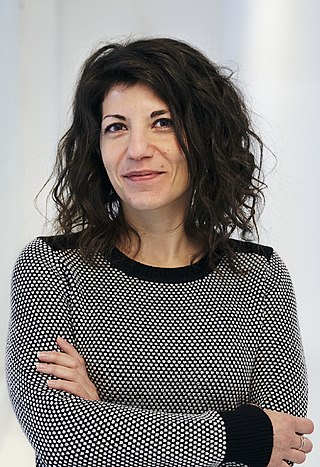
Raffaella Buonsanti (born 1981 in Matera, Italy) is an Italian chemist and material scientist. Her research is at the interface between materials chemistry and catalysis as she focuses on the synthesis of nanocrystals to drive various energy-related reactions, such as CO2 reduction. She is currently a tenure-track assistant professor at École Polytechnique Fédérale de Lausanne (EPFL) and director of the Laboratory of Nanochemistry for Energy located at EPFL's Valais campus.
Teresa Pellegrino is an Italian chemist who is Professor of Chemistry at the Istituto Italiano di Tecnologia. Her research considers nanomaterials for biomedical applications. She was appointed Associate Editor of Nanoscale in 2022.

Shelley Claridge is an American chemist who is an associate professor of chemistry at Purdue University. Her research considers the design of nanostructured materials and better understanding their physical and chemical properties. She was awarded a Schmidt Science Polymaths Award in 2022 and the American Chemical Society Women Chemists Committee Rising Star Award in 2023.
